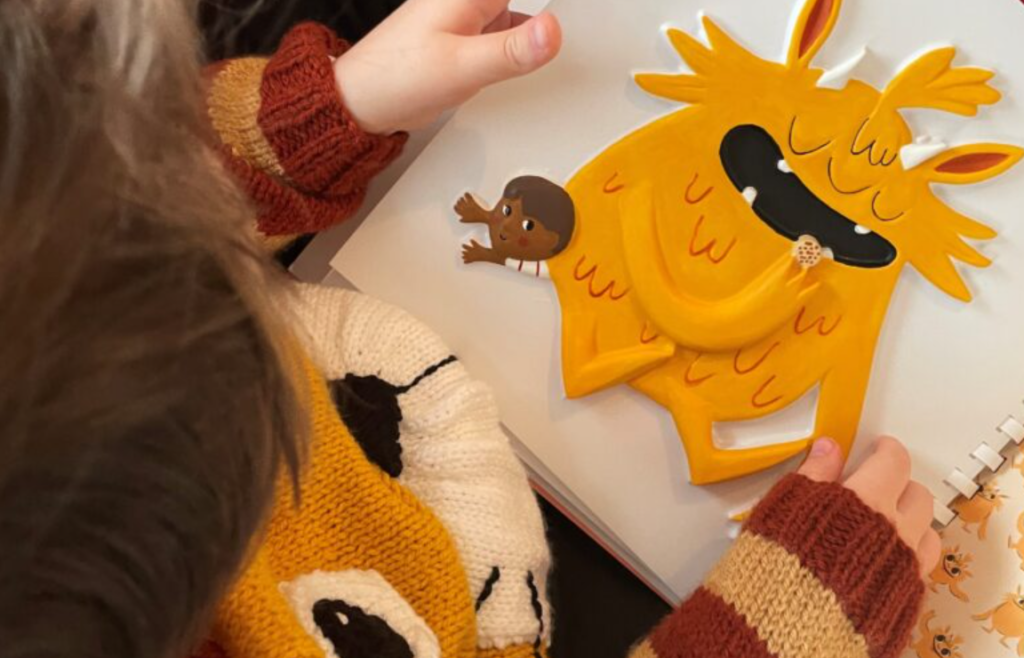When it comes to cooking and baking, precision is key, and no tool embodies this better than the humble table spoon. Often underestimated, the table spoon plays a vital role in ensuring that recipes come out perfectly, whether you’re adding sugar to a cake batter or measuring oil for a salad dressing. Understanding how to properly use a table spoon, convert measurements, and adapt recipes to your specific needs can save time and effort in the kitchen. It’s more than just a utensil; it’s a crucial tool for achieving balance and consistency in every dish.
Contents
- 1 Bio Profile: Expert in Culinary Measurements
- 2 What is a Table Spoon?
- 3 Table Spoon to Milliliters: A Crucial Conversion
- 4 How Many Teaspoons in a Table Spoon?
- 5 Table Spoon to Cup: Another Important Conversion
- 6 How Much is a Table Spoon in Common Ingredients?
- 7 Common Substitutes for Table Spoon Ingredients
- 8 Tea Spoon vs. Table Spoon: Understanding Their Roles in the Kitchen
- 9 The Importance of Precision in Cooking and Baking
- 10 Conclusion: The Table Spoon’s Crucial Role in the Kitchen
Bio Profile: Expert in Culinary Measurements
| Name | Chef Sarah Henson |
|---|---|
| Specialty | Culinary Arts, Recipe Development |
| Years of Experience | 15 years |
| Institution | The Culinary Institute of America |
| Signature Work | Creating precise, easy-to-follow recipes for home cooks |
| Contributions | Published cookbooks focused on perfecting measurements and proportions |
| Significance | Known for simplifying the science of cooking, helping home cooks master measuring techniques |
What is a Table Spoon?
A table spoon (often abbreviated as tbsp) is a common unit of volume used in cooking and baking, predominantly in the United States and other parts of the world. It’s typically used for measuring both dry and liquid ingredients, making it versatile for various recipes. In standard measurements, a single table spoon is equal to 15 milliliters (ml). While many recipes, especially in professional settings, prefer weighing ingredients in grams for more accuracy, the table spoon remains an essential tool for quick, everyday measurements.

It’s important to note that there can be minor regional differences in the size of a table spoon. For example, in the UK, a table spoon is often defined as 17.7 ml, slightly larger than the American standard of 15 ml. However, in most cases, especially in cookbooks and standardized recipes, the American system of 15 ml per table spoon is widely accepted and used globally.
Table Spoon to Milliliters: A Crucial Conversion
For anyone who has ever looked at a recipe and wondered about the exact conversion of a table spoon to milliliters, the answer is fairly straightforward. One table spoon equals 15 ml. This standardization makes it easy to swap between metric and imperial measurements when following recipes from different parts of the world.
To make things even simpler:
- 1 table spoon = 15 ml
- 2 table spoons = 30 ml
- 4 table spoons = 60 ml
Whether you’re measuring water, oil, or even lemon juice for a dish, knowing how many milliliters are in a table spoon is crucial for accuracy. For instance, when making salad dressings or sauces, getting the right balance of liquids can make or break the final flavor. Having a reliable conversion of table spoon to ml ensures that recipes from different countries can be followed without confusion.
How Many Teaspoons in a Table Spoon?
A common kitchen question is how many teaspoons are in a table spoon? The answer is simple: 1 table spoon equals 3 teaspoons. This conversion is extremely useful when scaling down recipes or if you don’t have a table spoon but do have a teaspoon on hand. For example, if a recipe calls for one table spoon of vanilla extract, you could measure out three teaspoons instead, ensuring the correct proportion.
The tea spoon table spoon conversion is essential for precise cooking and baking. Many home cooks may think these measurements are approximate, but the reality is that small discrepancies in measurements can lead to significant changes in flavor or texture. For instance, using a heaping table spoon of baking powder rather than a leveled one could cause a cake to rise too quickly and collapse in the middle. Understanding this basic conversion helps ensure consistent results, especially in delicate recipes that depend on exact ratios.
Table Spoon to Cup: Another Important Conversion
In recipes that require larger volumes, you may need to convert a table spoon to cup. Knowing this conversion can be handy when scaling recipes or doubling ingredients. Since one cup equals 16 table spoons, the conversion formula is as follows:
- 1 cup = 16 table spoons
- ½ cup = 8 table spoons
- ¼ cup = 4 table spoons
For example, if a recipe calls for 6 table spoon to cup, you would divide by 16, meaning six table spoons is equal to 3/8 of a cup. This can be especially helpful when making sauces, batters, or anything that requires precise liquid measurements. Rather than measuring multiple cups and fractions, you can use your table spoon for quick and accurate measuring.
When using table spoon to cup conversions, keep in mind that some recipes will call for a mixture of wet and dry ingredients, and measuring them both accurately is critical. Using the table spoon method ensures that whether you’re baking a cake or cooking a stew, your proportions will be right every time.
How Much is a Table Spoon in Common Ingredients?
Understanding how much a table spoon holds in terms of volume is essential for perfecting recipes, but what does this measurement look like for common ingredients? Let’s break it down for some frequently used kitchen staples:
- Flour: One table spoon of all-purpose flour weighs around 8 grams.
- Sugar: One table spoon of granulated sugar is approximately 12.5 grams.
- Butter: One table spoon of butter is equivalent to 14 grams, or ½ ounce.
- Olive Oil: One table spoon of olive oil is about 13.5 grams or 15 ml.
- Honey: One table spoon of honey weighs about 21 grams, due to its denser, thicker texture.
Knowing how much is a table spoon of various ingredients ensures you’re not accidentally adding too much or too little. In baking especially, too much flour can lead to dry results, while too little sugar can affect the sweetness and balance of a dish.
Common Substitutes for Table Spoon Ingredients
Sometimes, you might not have certain ingredients on hand, and that’s where understanding common substitutes for ingredients measured in table spoon quantities becomes important. Knowing reliable substitutions allows you to modify a recipe without compromising its integrity.
For example:
- Olive oil substitute: If you’re out of olive oil and need one table spoon for a salad or dressing, you could use avocado oil or sunflower oil instead. Both oils have a similar texture and neutral flavor.
- Butter substitute: One table spoon of butter can be replaced with an equal amount of margarine or coconut oil in most recipes. For a healthier twist, applesauce is a good substitute, particularly in baking.
- Sugar substitute: If you need a table spoon of sugar but are looking to reduce calories, you can use honey or maple syrup in baking. However, you might need to adjust for the added moisture these sweeteners bring.
Understanding substitutions not only helps maintain the flavor and texture of your dishes but also allows for healthier alternatives or quick fixes when you’re missing a key ingredient.
Tea Spoon vs. Table Spoon: Understanding Their Roles in the Kitchen
In everyday cooking, it’s important to know the difference between a tea spoon and a table spoon. While the table spoon holds three times as much as a tea spoon, both serve distinct roles in recipes. Tea spoons are often used for smaller, more concentrated ingredients like spices, baking soda, or extracts, while table spoons are ideal for larger quantities of liquids or dry ingredients such as oil, sugar, or flour.
For example, in spice-heavy dishes like curry or chili, using the correct tea spoon table spoon ratio is essential to maintaining the balance of flavors. Too much or too little of any ingredient can overwhelm a dish. Moreover, the smaller size of a tea spoon makes it better suited for precise measurements when cooking or baking, whereas the table spoon is typically reserved for more generous portions.
The Importance of Precision in Cooking and Baking
When following a recipe, even small errors in measurement can dramatically affect the outcome of a dish. This is especially true in baking, where even a slight over- or under-measurement can lead to disastrous results. For example, adding just one extra table spoon of baking powder to a cake recipe can cause the cake to rise too quickly and then collapse, resulting in a dense, undercooked center.
Understanding the exact measurement of a table spoon and its conversions to other units, such as milliliters or cups, ensures consistency and precision. As a home cook or baker, mastering these simple yet vital conversions will give you more control over the dishes you create.

Conclusion: The Table Spoon’s Crucial Role in the Kitchen
The table spoon is more than just a basic kitchen tool; it is a critical component in mastering the art of cooking and baking. Its versatility, from measuring liquids to dry ingredients, combined with its role in conversion for other measurements such as cups and tea spoons, makes it indispensable. Whether you’re making an elaborate meal or preparing a simple dessert, knowing how to measure ingredients accurately using the table spoon can ensure that your results are consistent and delicious every time.
From the precise conversion of table spoon to ml to understanding how 6 table spoon to cup fits into a larger recipe, this simple tool is a gateway to better cooking. Whether you’re a seasoned chef or a beginner, understanding the role of the table spoon will improve your kitchen skills and make your cooking experience more enjoyable.







